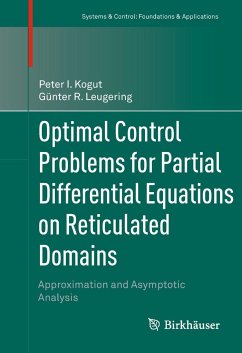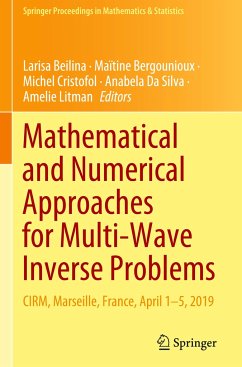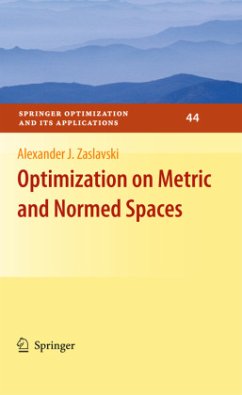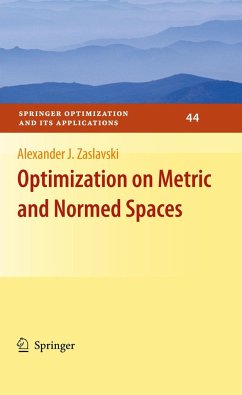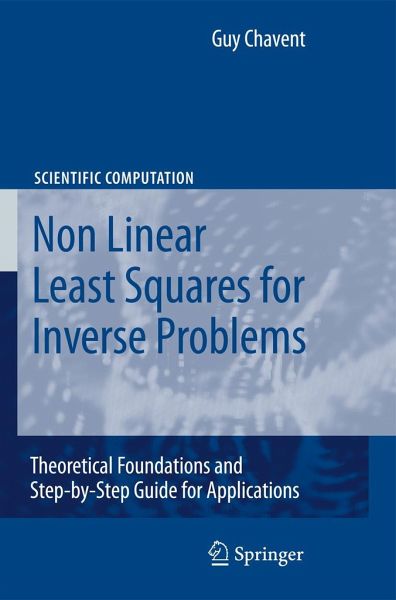
Nonlinear Least Squares for Inverse Problems
Theoretical Foundations and Step-By-Step Guide for Applications
Versandkostenfrei!
Versandfertig in 6-10 Tagen
83,99 €
inkl. MwSt.
Weitere Ausgaben:

PAYBACK Punkte
42 °P sammeln!
This book provides a step-by-step introduction to the least squares resolution of nonlinear inverse problems. For readers interested in projection of non-convex sets, it also presents the geometric theory of quasi-convex and strictly quasi-convex sets.
The domain of inverse problems has experienced a rapid expansion, driven by the increase in computing power and the progress in numerical modeling. When I started working on this domain years ago, I became somehow fr- tratedtoseethatmyfriendsworkingonmodelingwhereproducingexistence, uniqueness, and stability results for the solution of their equations, but that I was most of the time limited, because of the nonlinearity of the problem, to provethatmyleastsquaresobjectivefunctionwasdi?erentiable....Butwith my experience growing, I became convinced that, after the inverse problem has been properly trimmed, the ?nal least squares problem, the one solved on the computer, should be Quadratically (Q)-wellposed,thatis,both we- posed and optimizable: optimizability ensures that a global minimizer of the least squares function can actually be found using e?cient local optimization algorithms, and wellposedness that this minimizer is stable with respect to perturbation of the data. But thevast majority of inverse problems are nonlinear, and the clas- cal mathematical tools available for their analysis fail to bring answers to these crucial questions: for example, compactness will ensure existence, but provides no uniqueness results, and brings no information on the presence or absenceofparasiticlocalminimaorstationarypoints....







